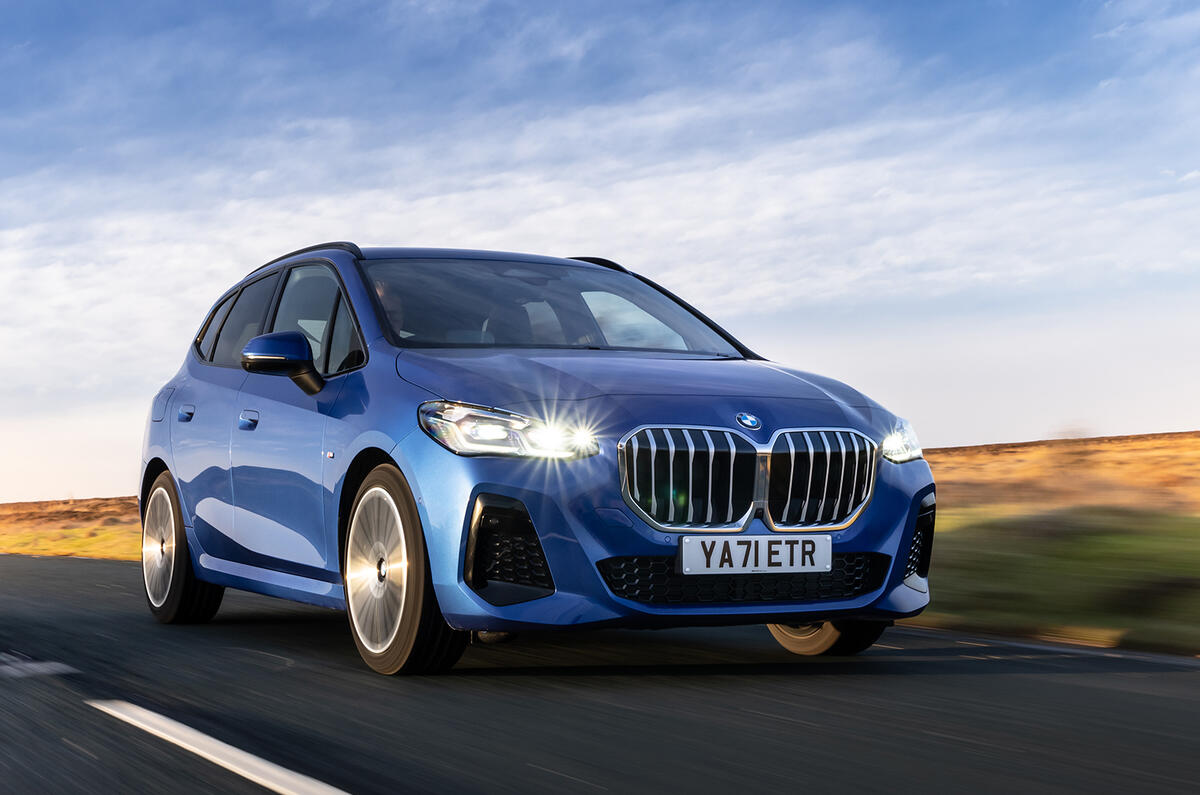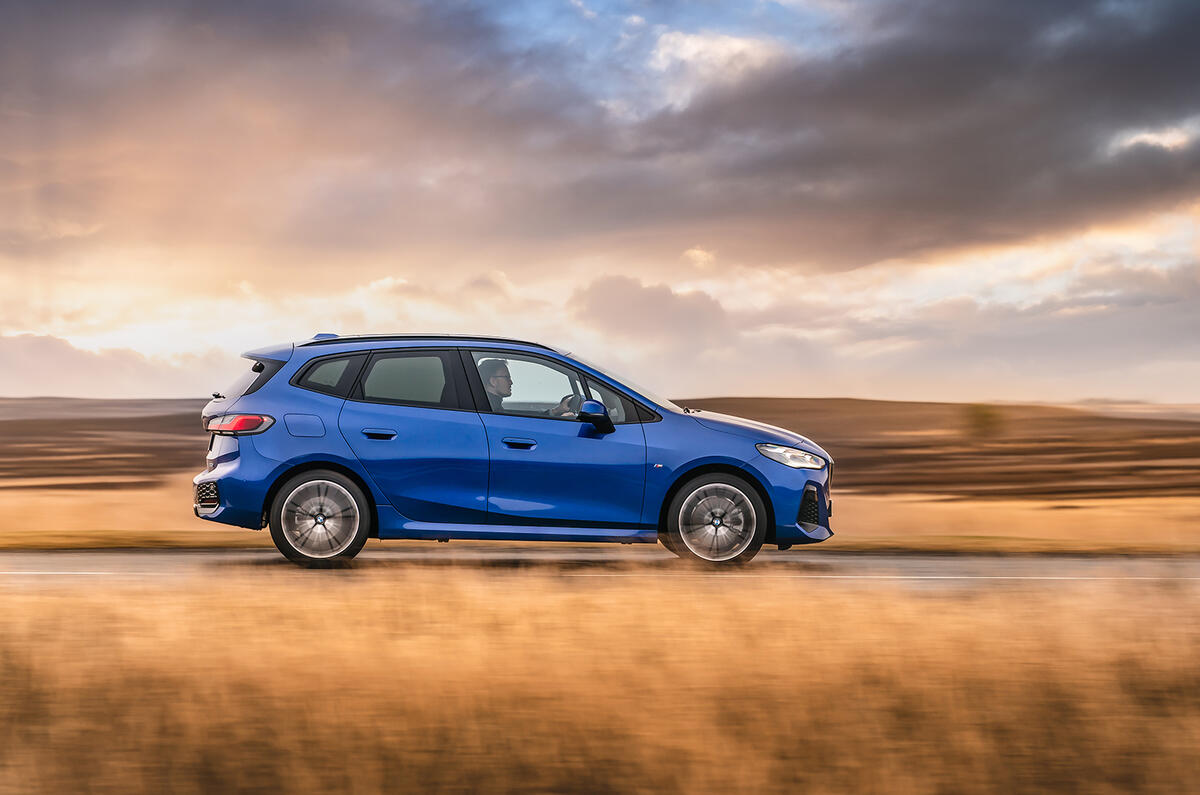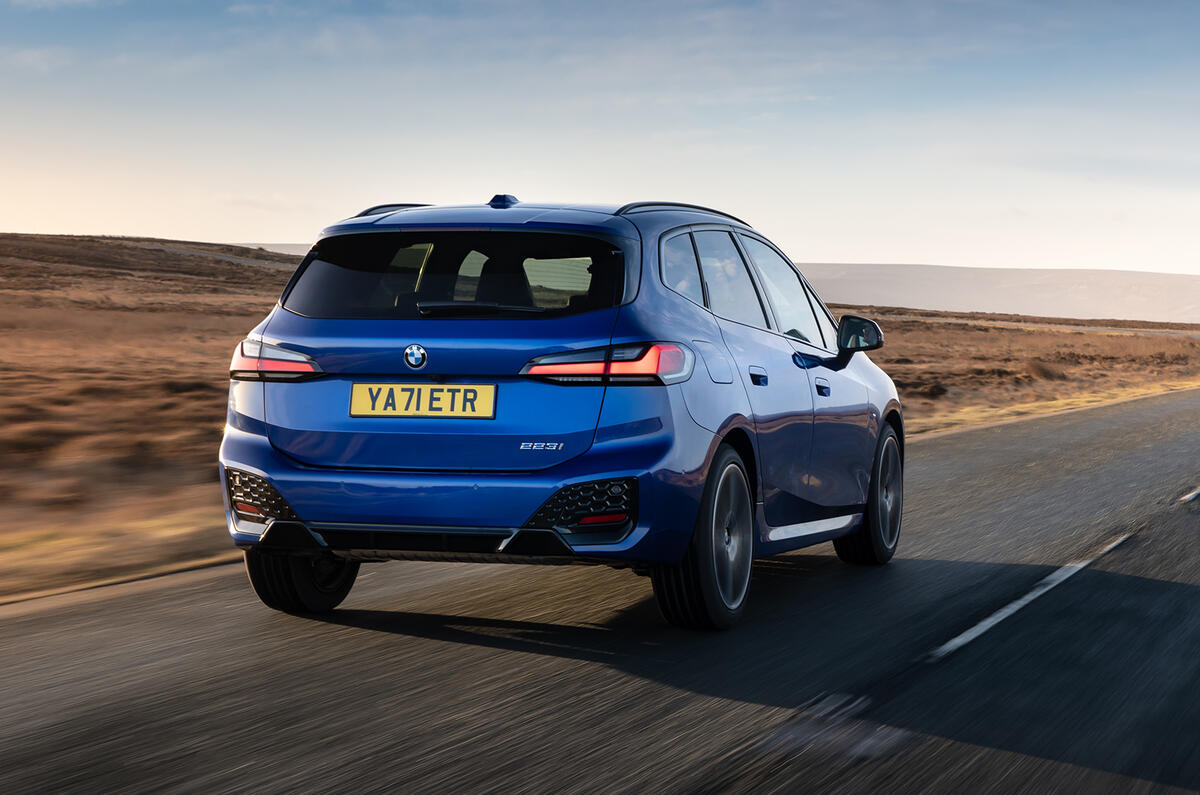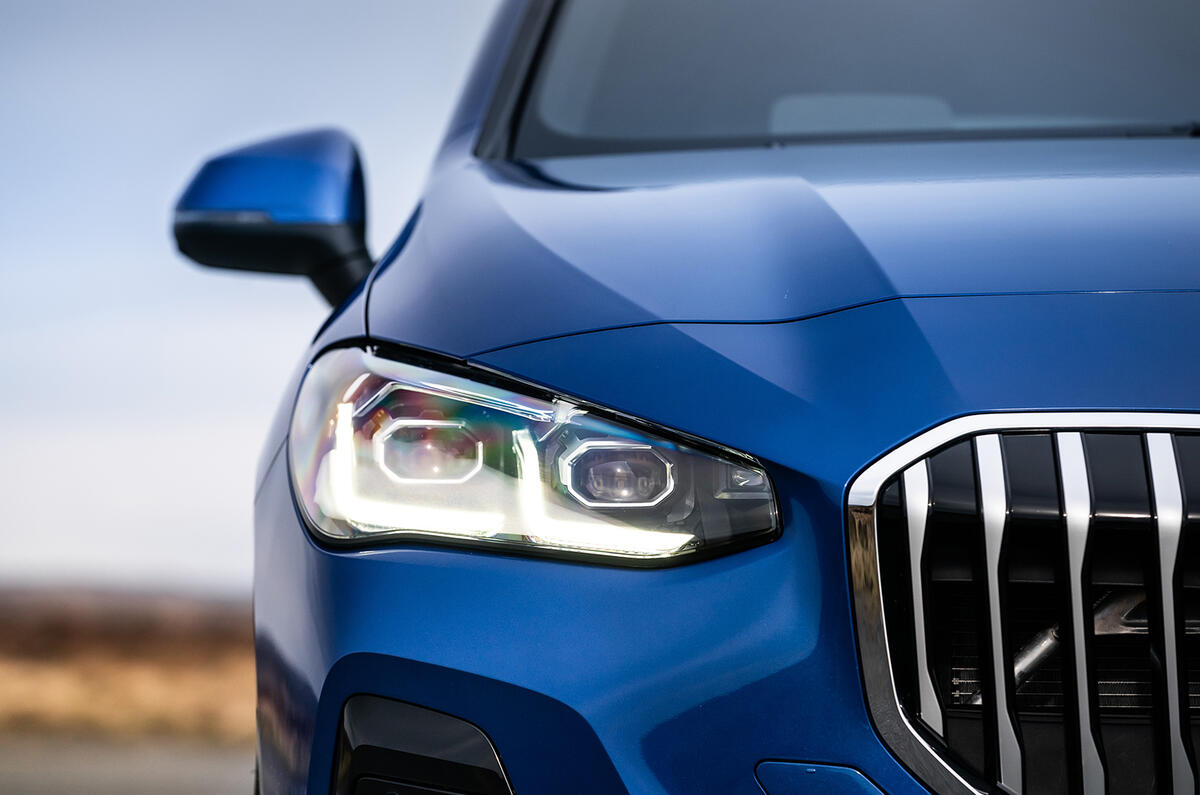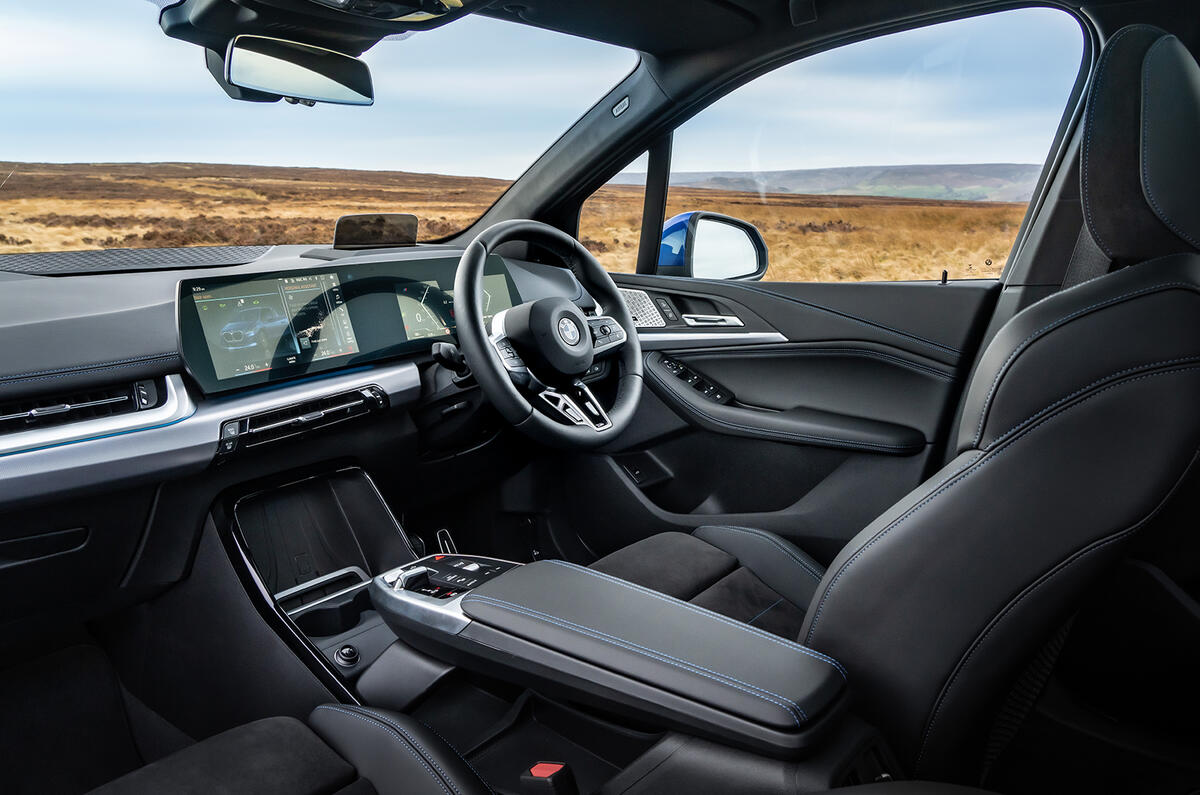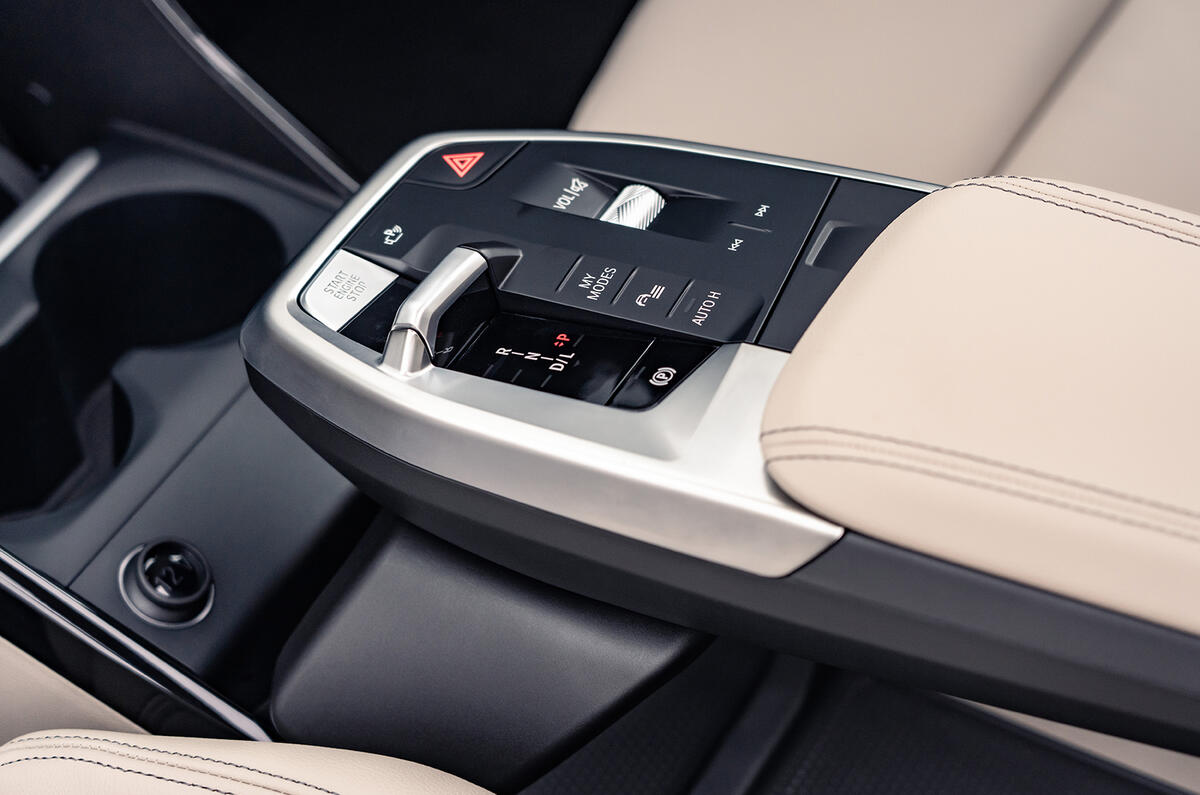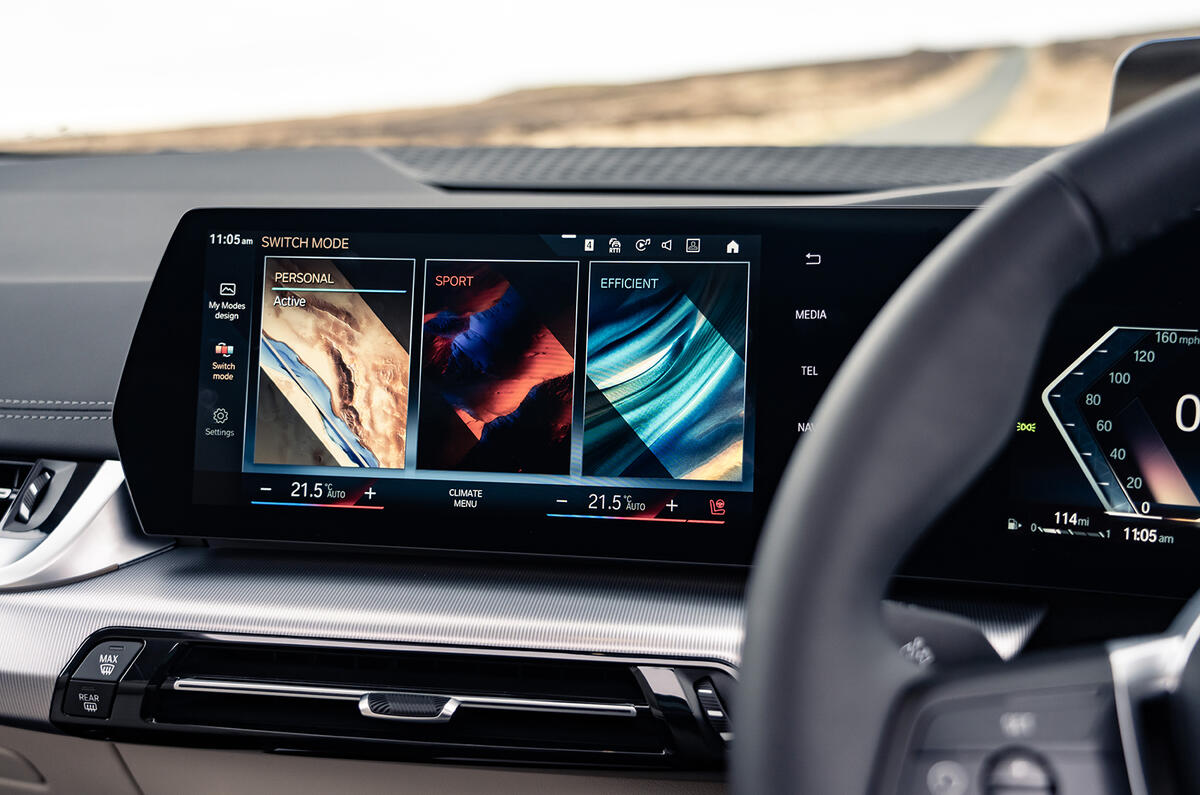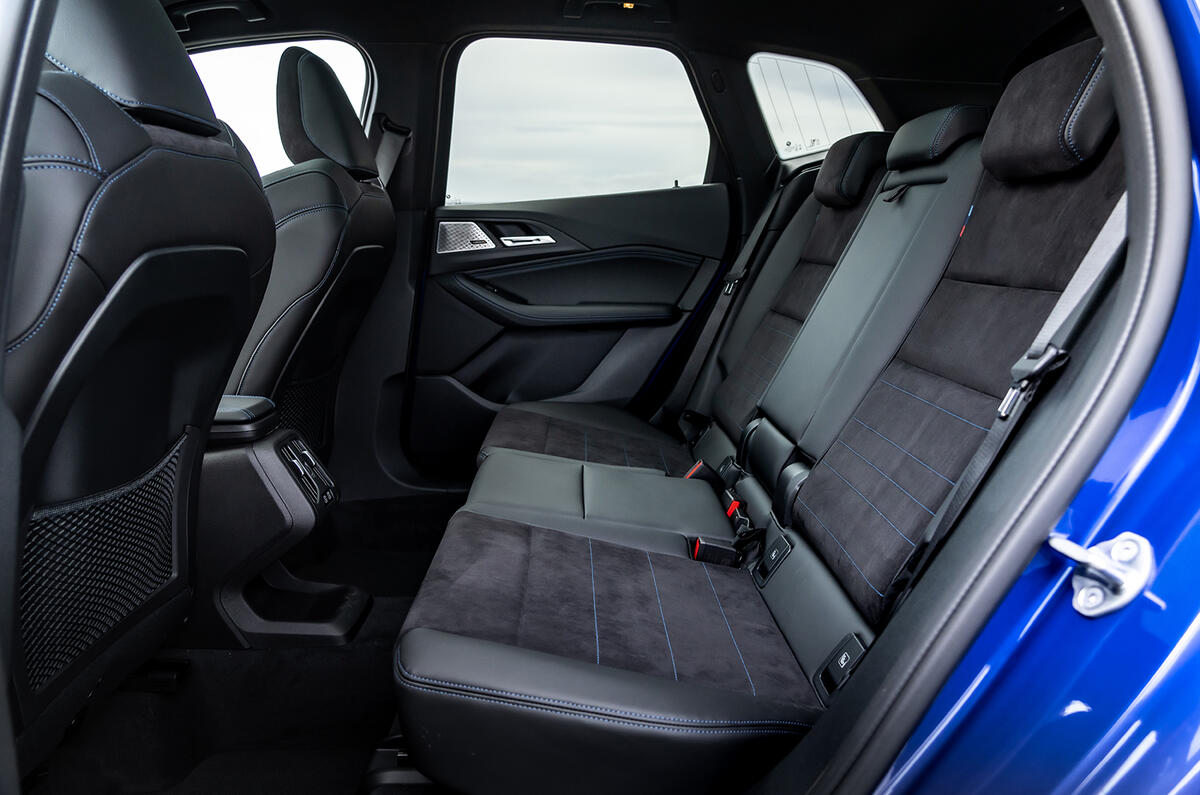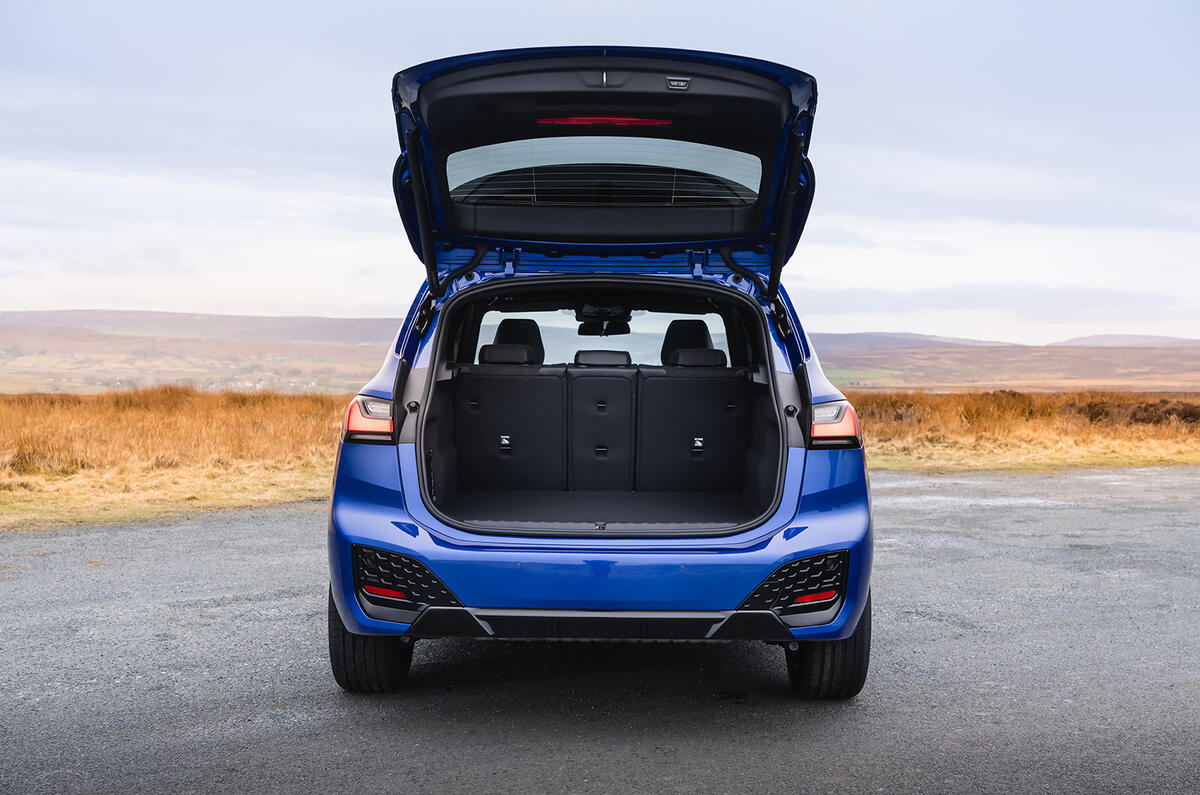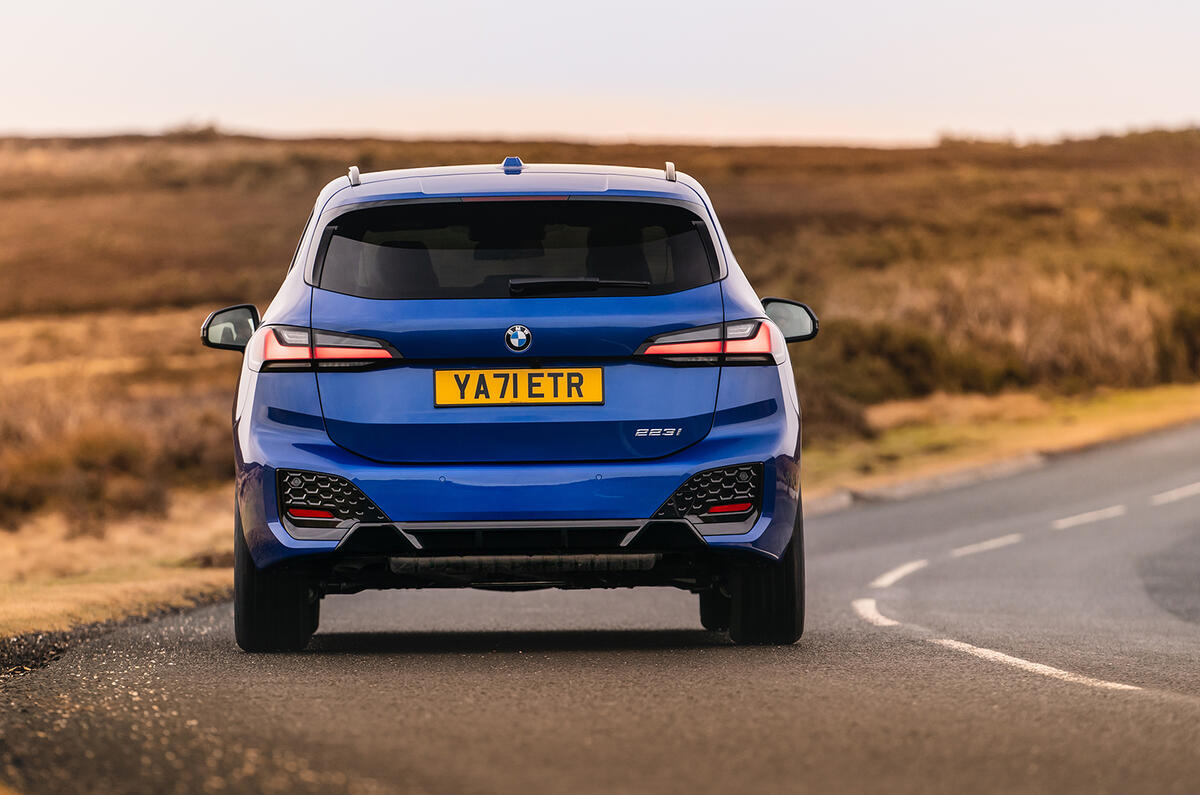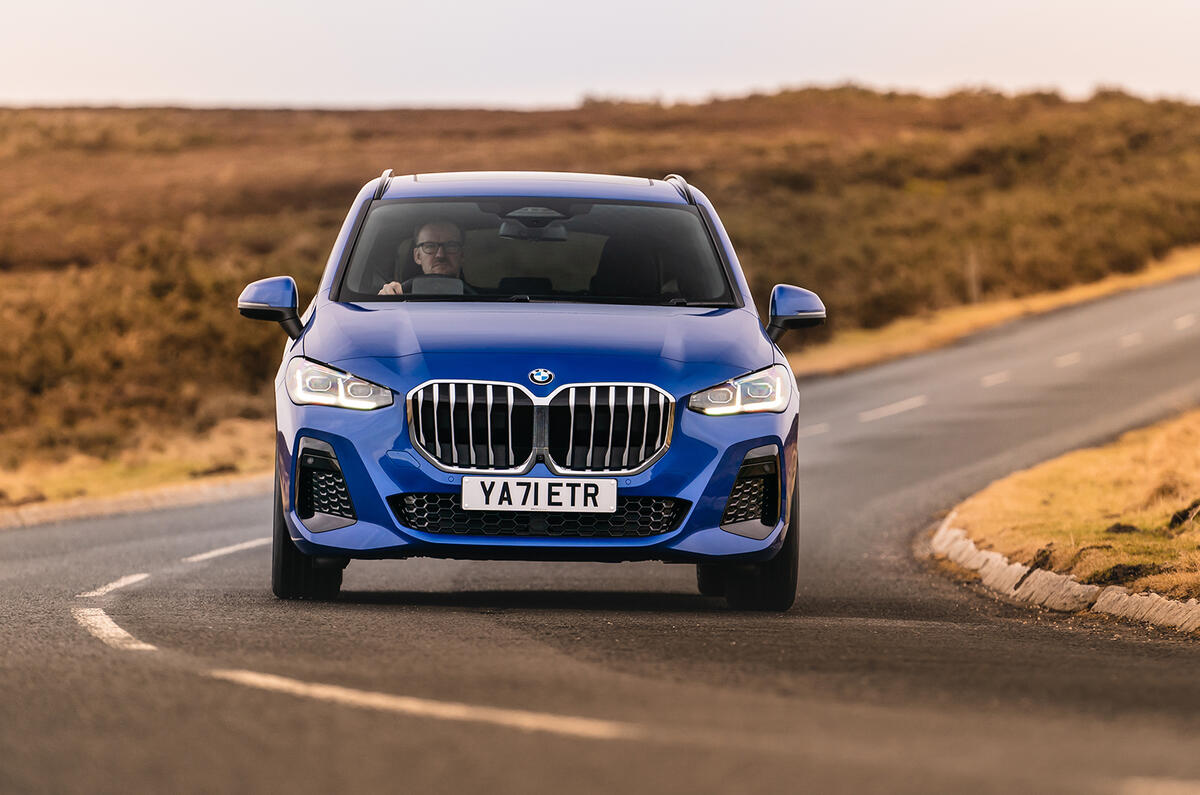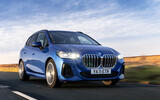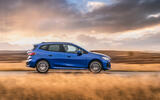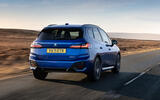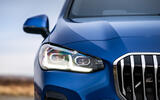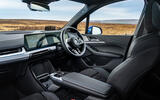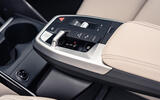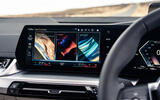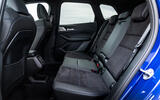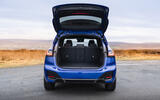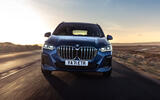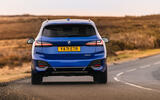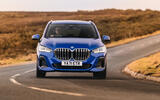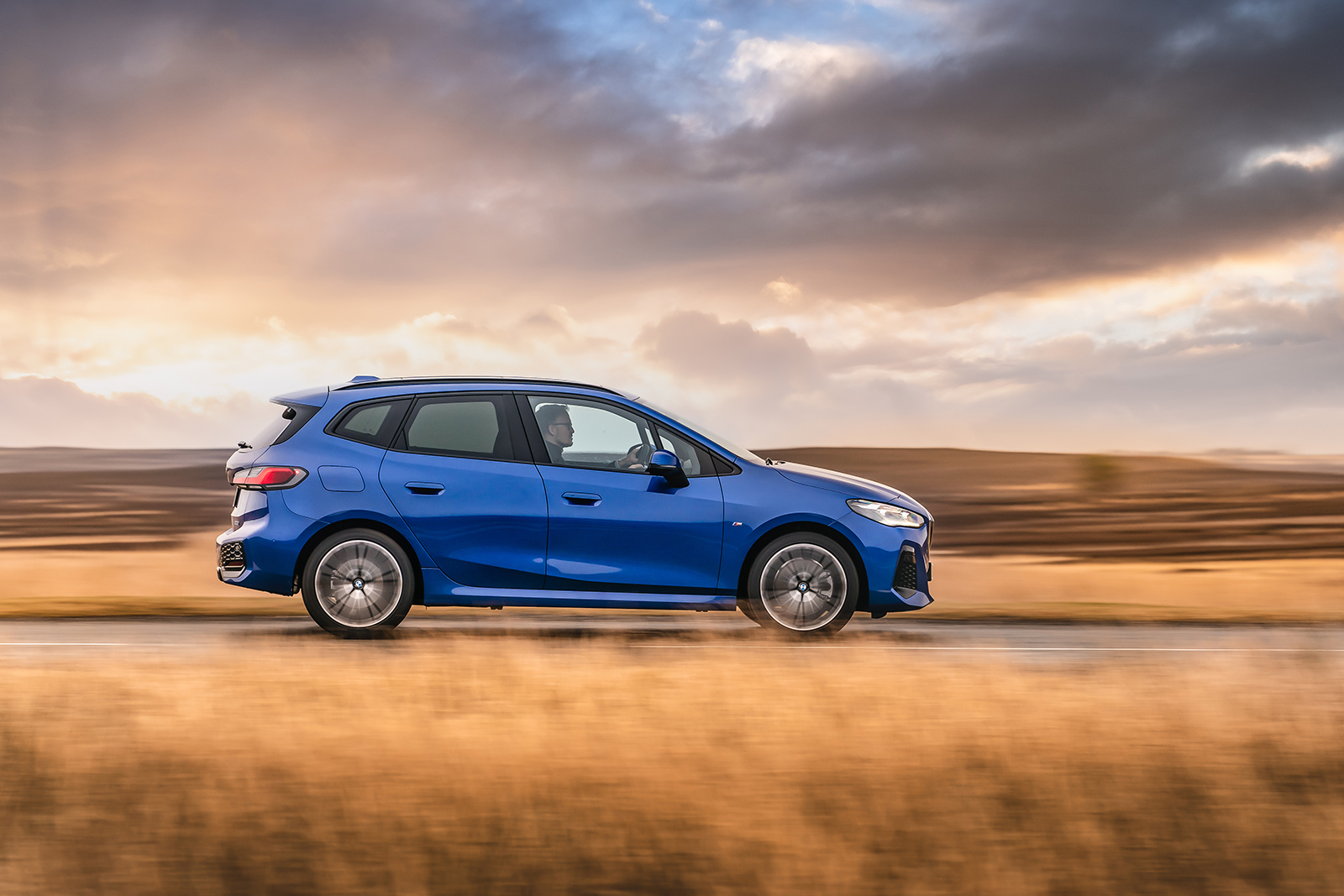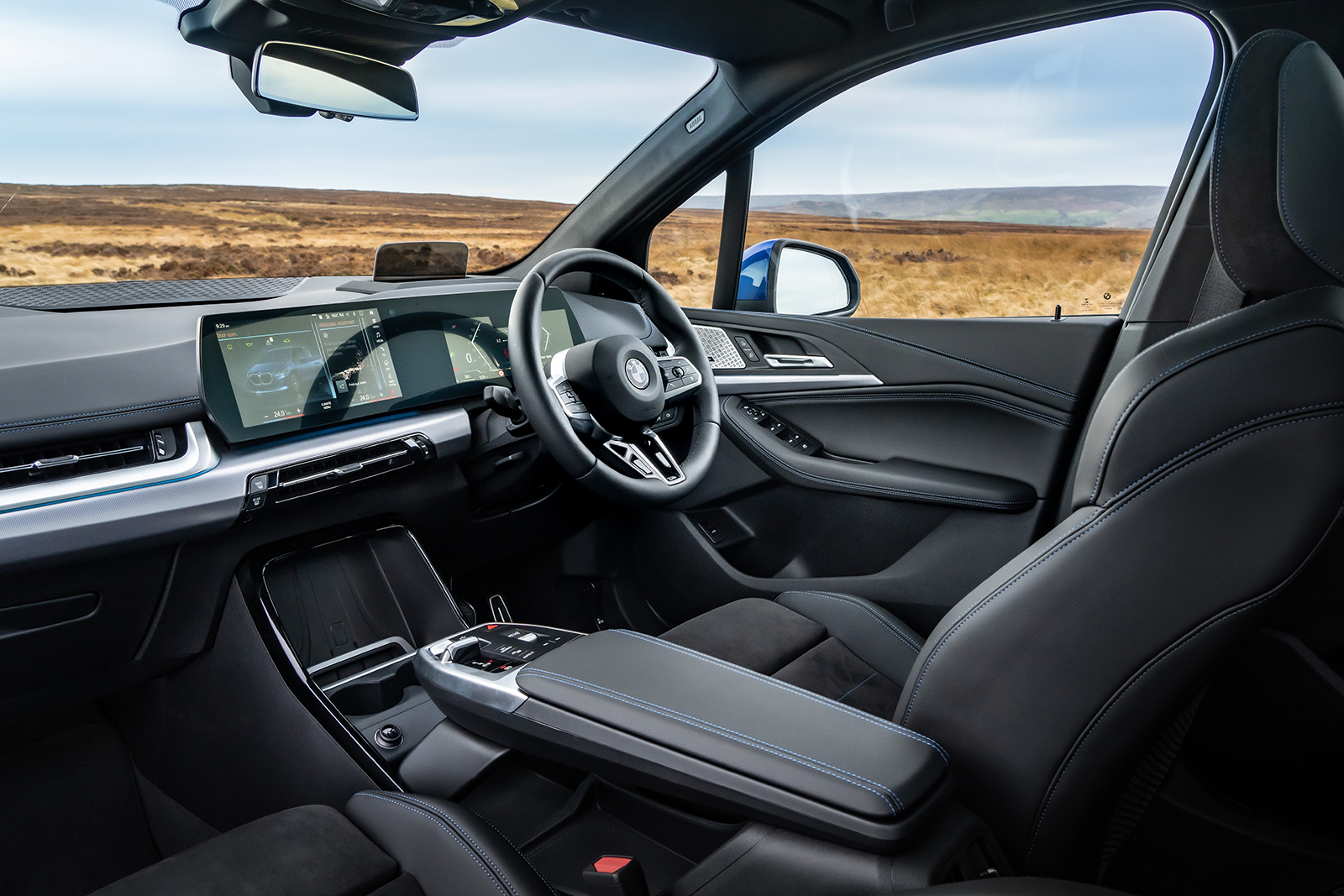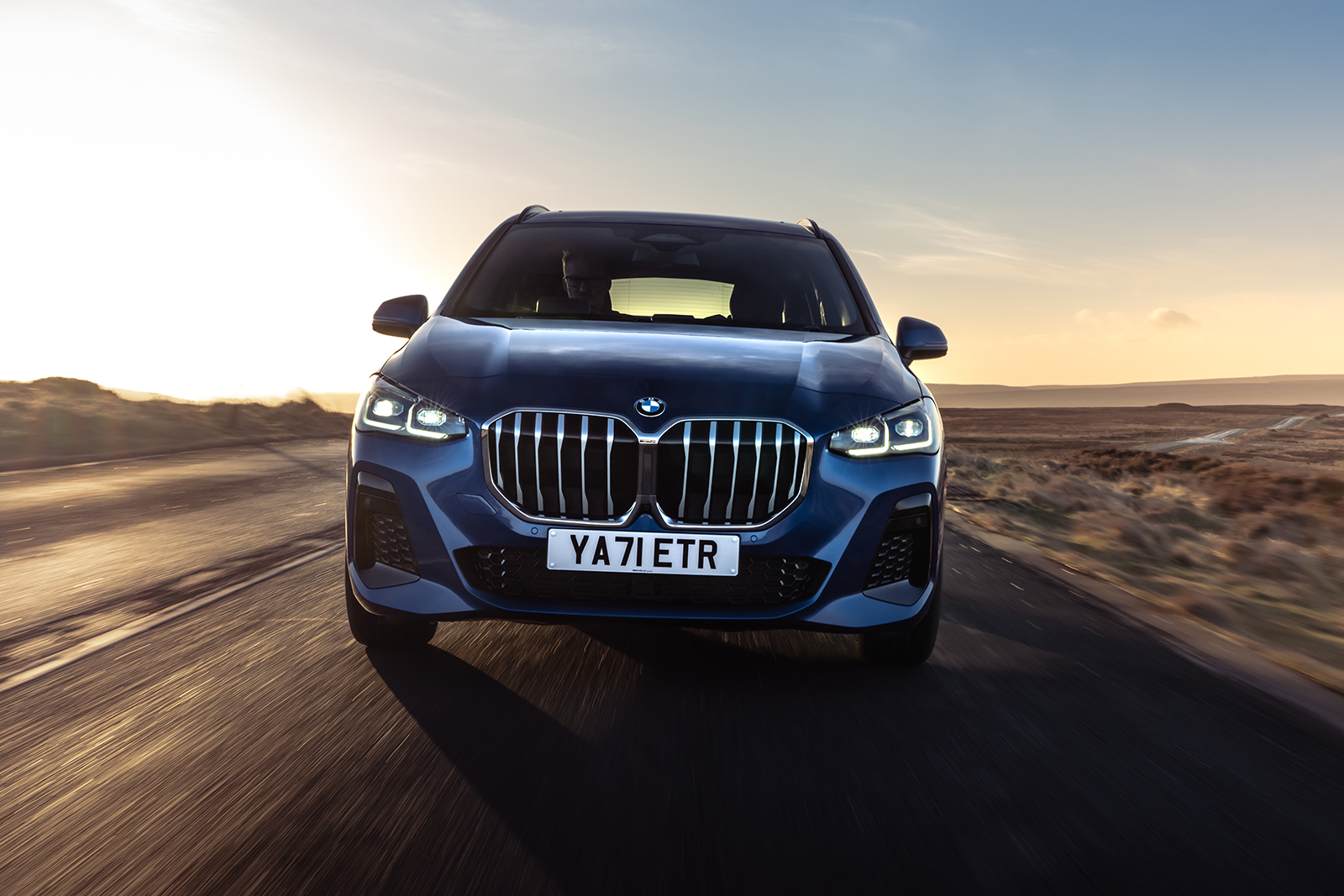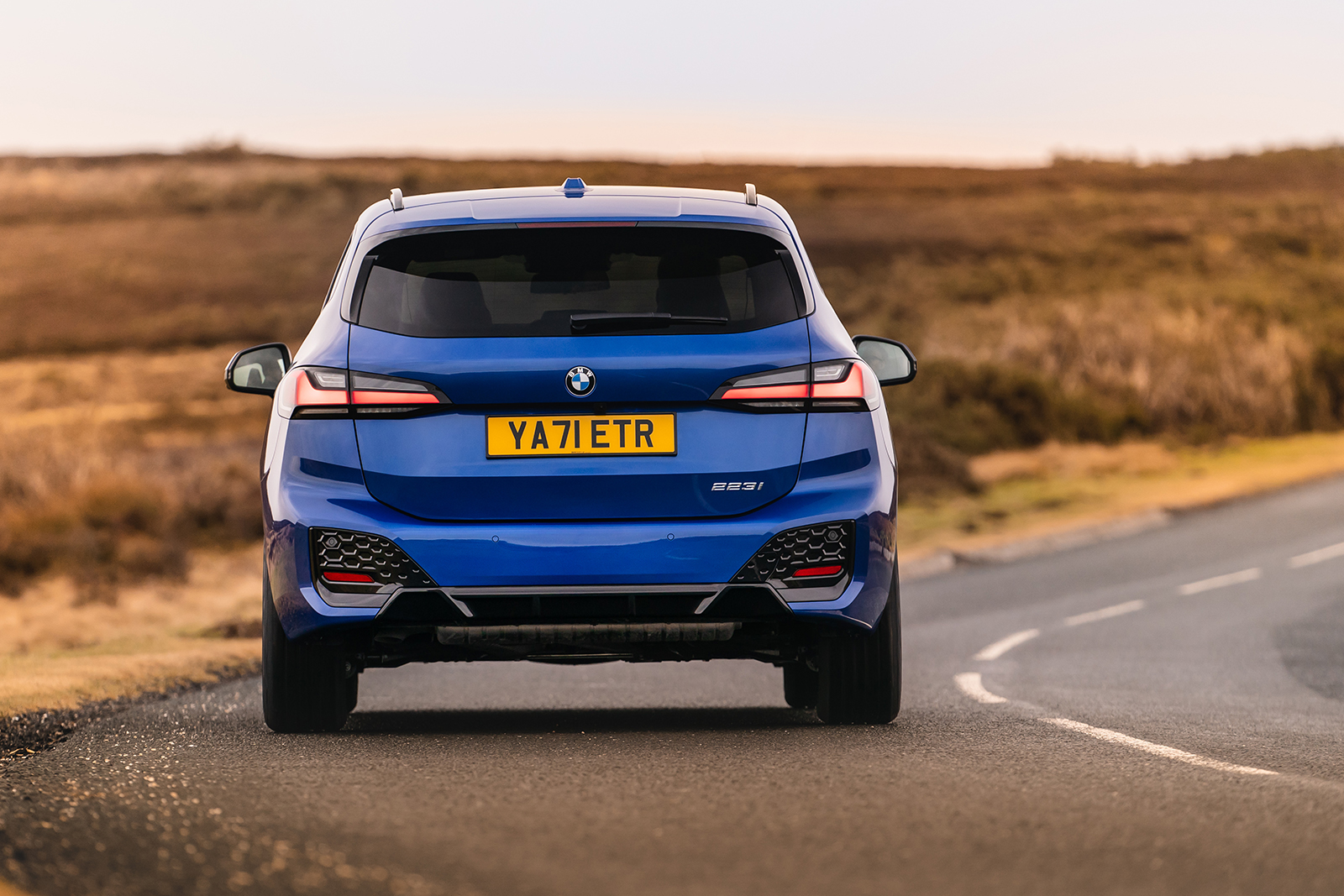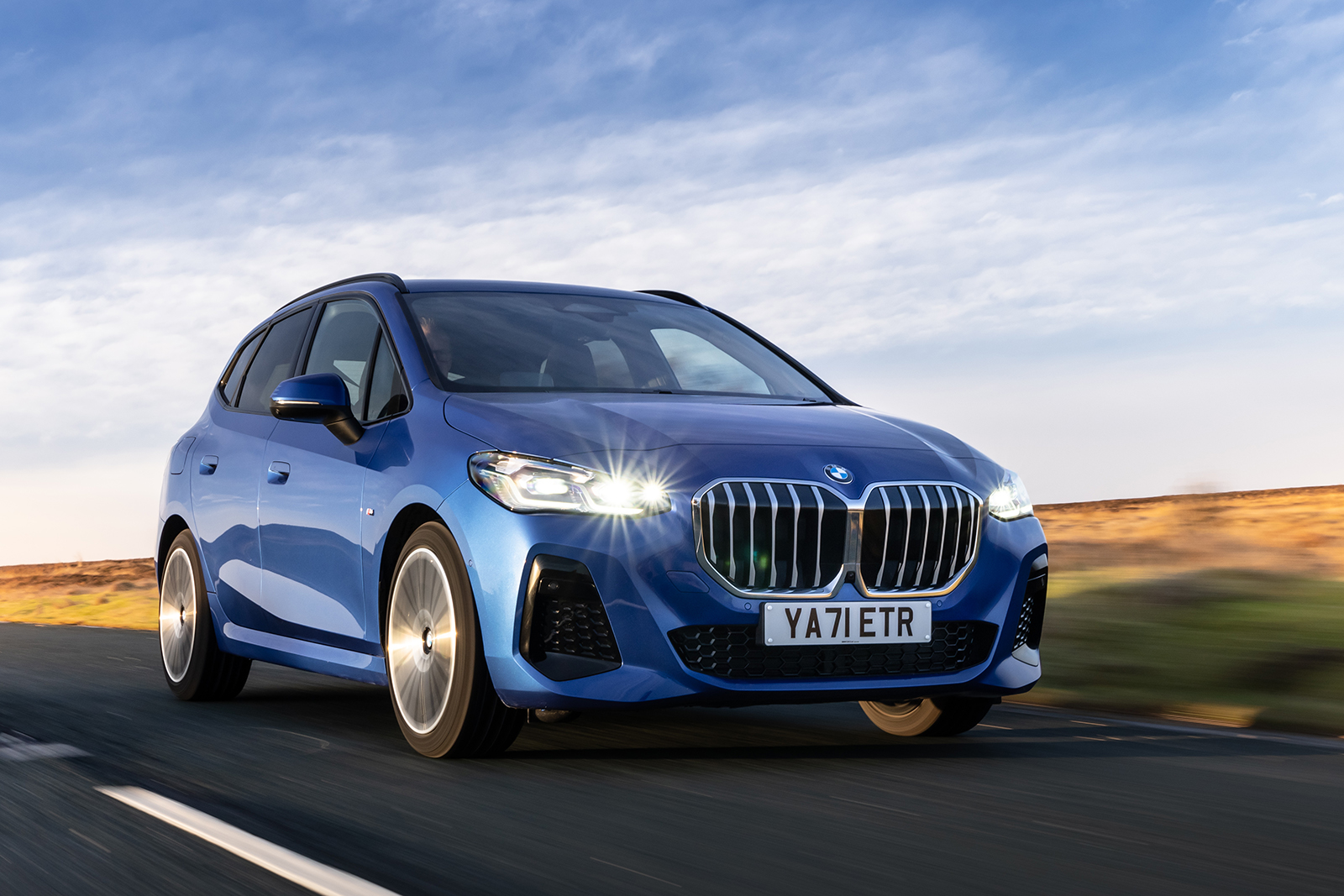MPVs are a bit thin on the ground at the moment, but the BMW 2 Series Active Tourer proves they still have a place in today’s car market.
The 2 Series Active Tourer is essentially a taller, more family-friendly version of the BMW 1 Series. Confusingly, it sits on the same platform as the 1 Series but not the BMW 2 Series Coupé, which it actually shares very little with.
Practicality and adaptability are the name of the game for the Active Tourer. As such, it offers a variety of powertrains, although no diesel any more.
There are two petrol and two plug-in hybrids on offer, and the latter pair come with four-wheel drive.
Direct rivals are few and far between. The Mercedes-Benz B-Class is the most obvious in that it’s quite posh and quite tall. The Dacia Jogger offers more room and seats for less cash and clearly a lot less cache.
Buyers might also be attracted to small SUVs, of which there are many to choose from.
New BMW 2 Series Active Tourer cars in stock



